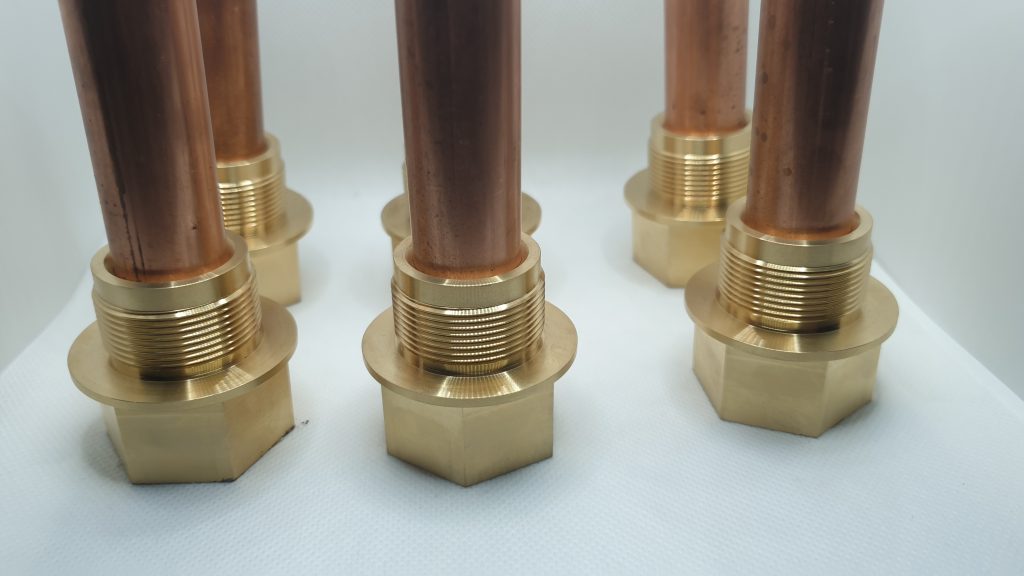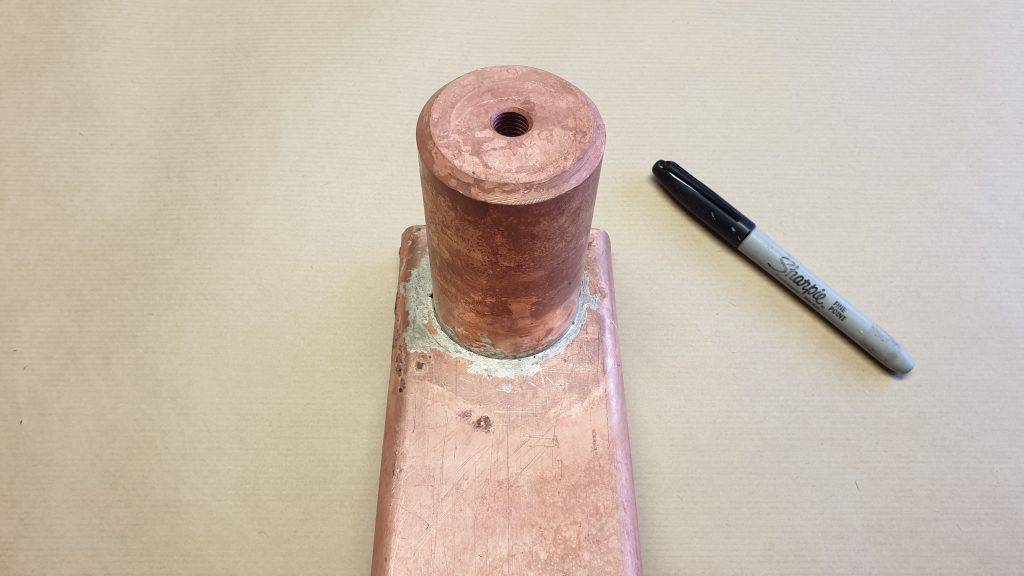Induction Brazing
Our Services
- Induction brazing
- Atmospheric induction brazing
- Argon induction brazing
- Stainless steel to copper induction brazing
What We Do
UK WELD offers a subcontract induction brazing service, With this process of induction we can braze complex array of components together. Without affecting the properties of the metals, induction brazing eliminates carbonisation of the metal joint. Enhancing the performance of the joint, where applications of gas and liquids are used. UK Weld Will guarantee a leak proof and pinhole free joint. Where aesthetics and performance a top priority in order to meet customer expectations.
Induction braised joints can be directly polished or plated. Significantly reducing at secondary processes that could slow production.
If you have any questions in regards to film materials we use or other aspects of your project. Hesitate to ask us
What is the difference between flame and induction?
There are differences between induction brazing and traditional methods of brazing, the main difference being is that induction brazing is completely flameless. This has a major effect on the quality of the joint and prevents burn spots on the metal as flame brazing can be hard to evenly dissolute heat. but induction on the other hand uses eddy currents to induce a moving current in the metal that rapidly sends electrons through and heats up the material.
In addition to this, the size of the part that can be brazed is not limited to induction, as with flame brazing, it is very hard to get the parts to a brazing heat and maintain that heat with flame brazing. In short,
if you need a big component joining, we just need to make a bigger coil for the part to be joined.

What is induction brazing?
Induction brazing is a flameless and non-contact method of joining electrically conductive material such as copper or steel together with a filler metal. This can be silver solder or copper barium silver-based filler, induction brazing can still join dissimilar metals together. But it can do this without adding carbon to the surface of the material, making it a very clean process of joining materials with heat directly imputed into the marital and filler metal.
Induction brazing can even join ferrous to non-ferrous metals, When the close-fitting materials are heated up, the filler metal melts and joins the parts together. this is done with no detorsion and surface carbon marks. the filler metal bonds itself to the surfaces of the metal, producing a non-leak joint with no pinholes.
Additionally, induction is the narrow heat pattern that is applied to only the close parts of the joint. this is almost the same effect as welding. But with induction brazing, there is no distortion or unnecessary heating of any other part of the components.
